15 Art History Masterpieces: The Stories Behind Them
There are some works of art that make a name for themselves even after hundreds of years. We have explained the details about the works that have left their mark on the history of world art for you in our content.
1. Johannes Vermeer - Girl with a Pearl Earring
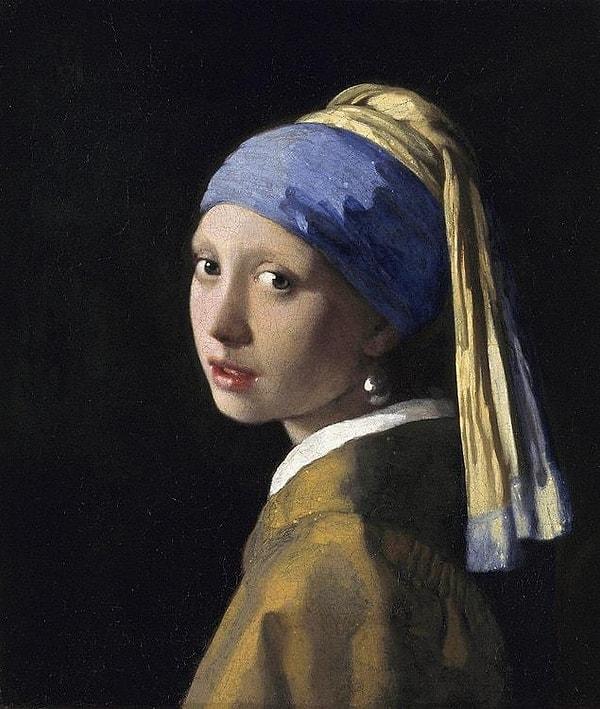
The painting was made in the 17th century and had many titles, including Portrait in Antique Costume. The name we know today was only recently used. Some researchers are still uncertain if the girl's earring in the painting is really pearl or not. One of the possible materials for the earring is metal, and they can't even tell if it's an earring because it doesn't have a clasp. But this is not the only surprising thing about the painting. In 2018, a new research revealed that the background of the painting was not always black, but the artist painted the girl in front of a green curtain.
2. Edward Hopper - Nighthawks
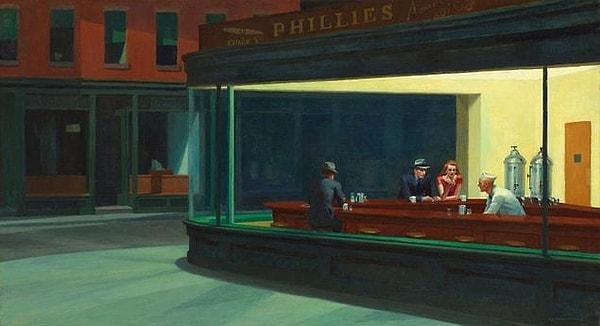
Nighthawks is one of the most well-known paintings in American art. The painting depicts people sitting in a small American-style restaurant late at night. The artist began his work after the attack on Pearl Harbor and successfully reflected the gloom and darkness of the country that had descended on the people.
3. Grant Wood - American Gothic

Many people think that the couple depicted in this painting are husband and wife, but they are actually father and daughter. Wood used his sister and dentist as models. Grant Wood also asked his sister to wear an apron, which was common among girls in rural Iowa at the time. Wood even won a bronze medal in a competition at the Art Institute of Chicago for this painting, and it was purchased by the same art institute. It is also worth noting that Iowans resented being portrayed as sullen people.
4. Vincent van Gogh - Café Terrace at Night

Vincent van Gogh often incorporated a starry sky in his paintings, but this one was particularly special. Although he did not sign the painting, there is no doubt it was his work, as he described it in detail in letters to his sister. What makes this painting special is that it is the first time he used a starry background. In the painting, the constellations are depicted exactly as they appear in reality. Furthermore, although the artist portrayed the night sky in his painting, he never used the color black, instead opting for shades of blue, purple, and green
5. Van Gogh- Starry Night
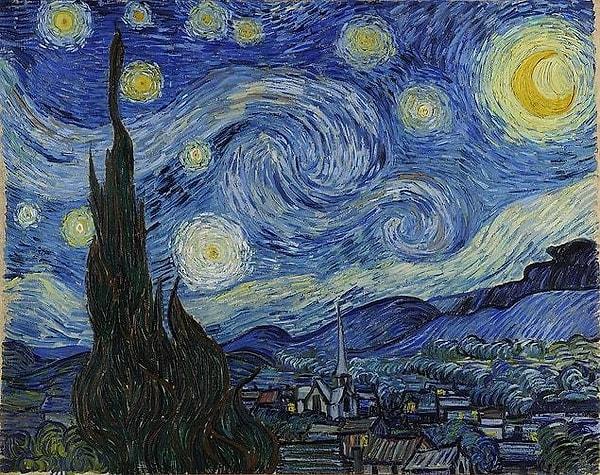
When we talk about Van Gogh, it would be impossible not to mention this work. The painting is known to depict the village of Saint-Rémy-de-Provence just before sunrise, as seen from the window of his room in the sanatorium. This work, which is dominated by blue tones, is actually a bit of a dreamy interpretation.
6. Marcel Duchamp - Nude Descending a Staircase
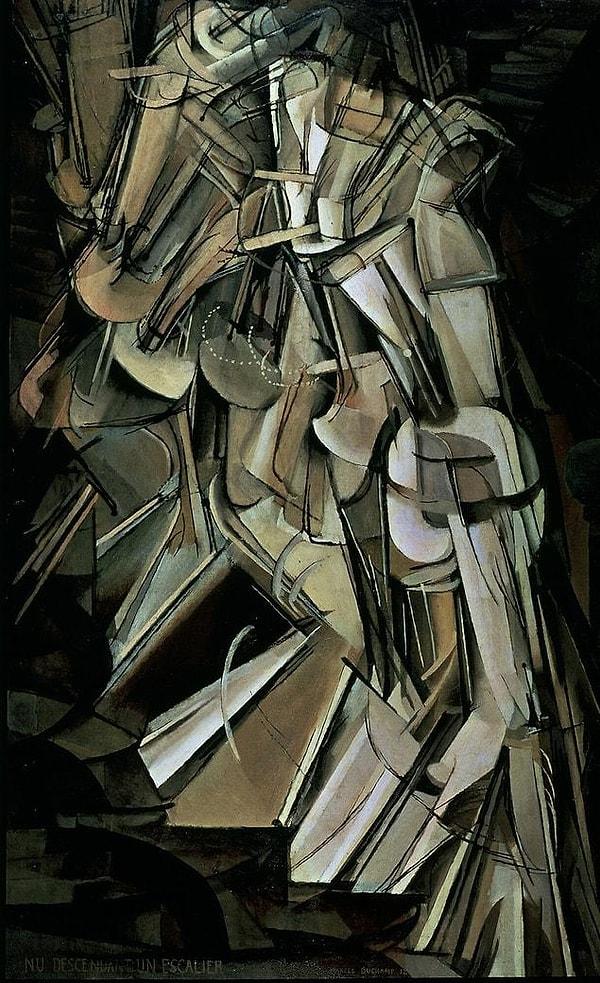
This Marcel Duchamp painting is considered a modernist classic, but was rejected by the Cubists as being too Futurist when it was first created. It was even mocked at an art exhibition.
7. J. M. W. Turner - Rain, Steam, and Speed – The Great Western Railway
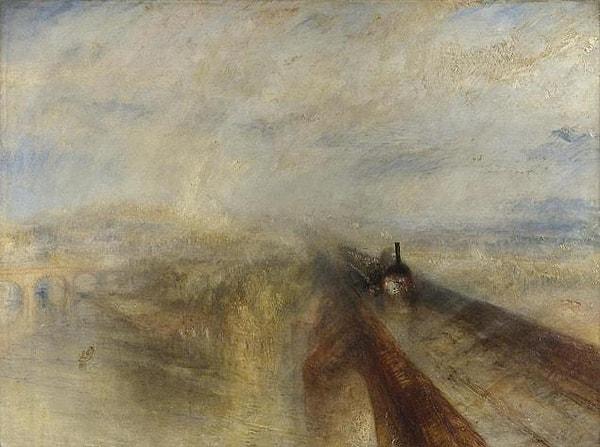
This painting was made during the Industrial Revolution, a time when there was a great transition from an agricultural economy to machine manufacturing. However, the artists of that time thought that industrial images were not good enough to be depicted in paintings. Therefore, J. M. W. Turner's choice of such a subject for his painting shows that he was ahead of his time, as he presents industrial progress as something beautiful and captivating. Almost everything in the painting is blurred to show the power of speed, but it is possible to see a running rabbit. Perhaps the artist wanted to convey that new technology could be dangerous for nature and humanity in the future
8. Gustav Klimt - The Kiss
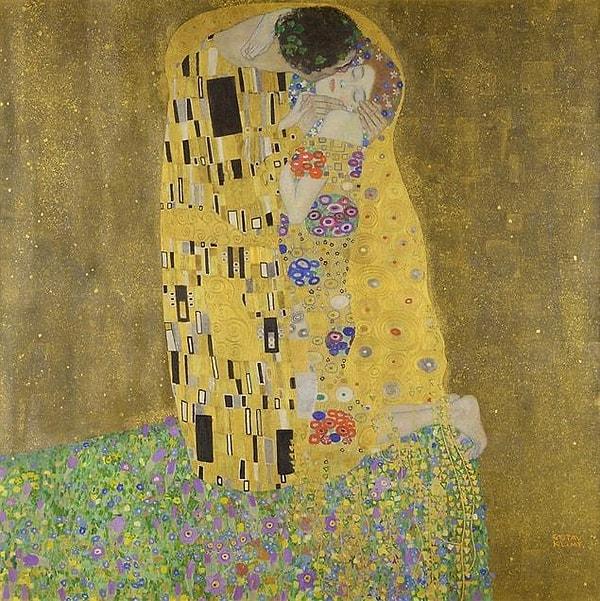
The Kiss could be considered the artist's last chance to salvage his reputation, as he had been found immoral for a series of paintings he had done on the ceiling of the great hall of the University of Vienna. The artist even had to borrow money to pay back the commission to the Vienna Ministry of Education. So he was taking a real risk when he started painting his new work of art, but the Belvedere Museum in Vienna admired it so much that they bought it before it was finished. The price they paid was, at the time, the highest amount ever paid for a painting.
9. El Greco - View of Toledo

View of Toledo is the first Spanish landscape painting of its period. Some researchers suggest that it is part of a painting, not the whole, but there is no evidence for this. Also, the actual cityscape is not identical to the painting. This can be interpreted as the artist may have wanted to show the future of Toledo.
10. Georgia O’Keeffe - Drawing XIII

Georgia O'Keeffe completed this drawing in 1915 while teaching at a university and studying abstract art. At the time, artists were more inclined to draw geometric shapes, so O'Keeffe focused on natural forms and created a series of paintings. Later, she sent these drawings to a friend who took them to a gallery owner. The gallery owner thought that these drawings were the purest, most beautiful, and most sincere things he had seen in his gallery in a long time, and he exhibited some of them without O'Keeffe's permission. Although she expressed her dissatisfaction to the gallery owner when she found out that her work was being exhibited, she eventually agreed to let the exhibition continue.
11. Giuseppe Arcimboldo - The Librarian
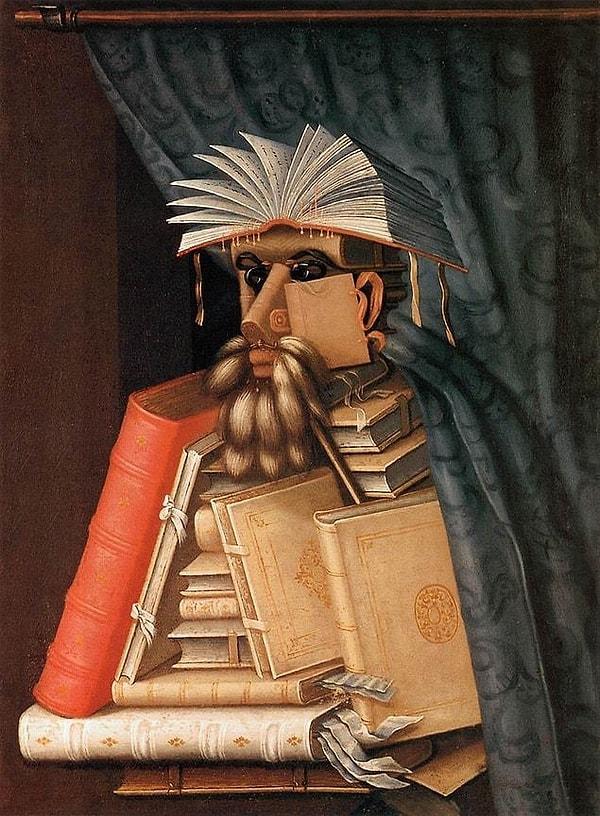
Giuseppe Arcimboldo created several other portraits in this way, combining different objects or foods. His paintings are considered 'a triumph of abstract art in the sixteenth century'. This work is interpreted as a satirical mockery of book collectors who are more interested in acquiring books than reading them. The painting's original title is unknown and its current title first appeared in an early twentieth-century inventory.
12. Leonardo da Vinci - Lady with an Ermine
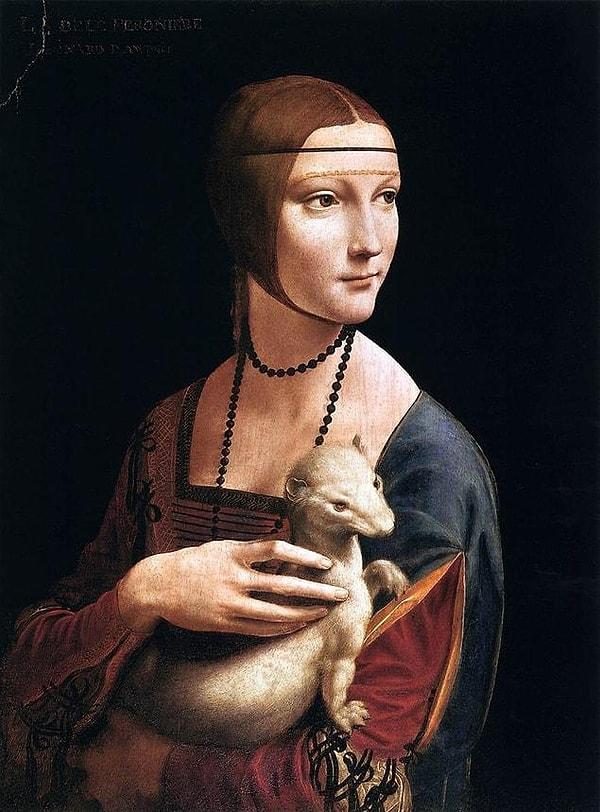
Art experts initially doubted that Lady with an Ermine was by Leonardo da Vinci because the signature was added much later. Experts recently scanned the painting with a multispectral camera to see what it looked like in the beginning. They were able to learn how the painting looked before the sloppy restorations. For example, the background was originally dark blue, not black. The scan also confirmed that the painting was Leonardo da Vinci's because they found the artist's fingerprints on it.
13. Edvard Munch -The Scream

Painted by Edvard Munch in 1893, the painting is thought to depict the scream of nature. The story behind the painting, as told by Munch, is that one day he went for a walk with two friends. The sun was setting and the sky was painted red. Being ill at the time, Munch felt tired and leaned against the railing. He claimed that at that moment, he heard the scream of nature and was deeply affected by it. This experience led to the creation of this famous painting.
14. Salvador Dali - The Persistence of Memory

Painted by Spanish artist Salvador Dali in 1931, this is the artist's best-known work. Dali's imagination created such an extraordinary work and it is one of the best known examples of surrealism. The melting clocks refer to the unreal world. It is known that the artist was inspired by Port Lligat in Catalonia, Spain, when he painted the landscape.
15. James Abbott McNeill Whistler - Whistler's Mother
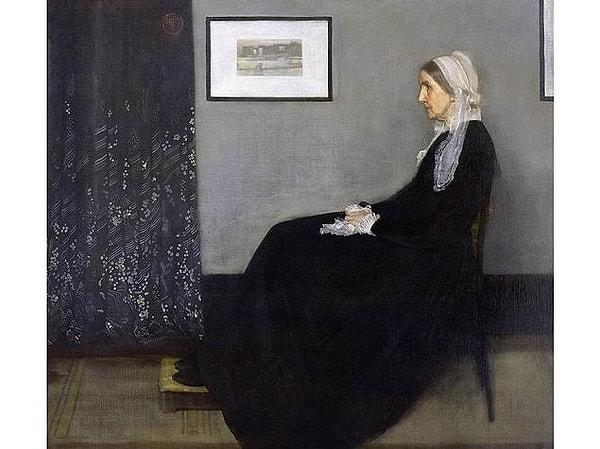
This painting depicts Whistler's mother Anna McNeill Whistler, who came from a noble family. Anna, who lost her husband to cholera, was left alone with three children and died at the age of seventy-seven. Ten years before her death, posed like this for his painter son and this famous painting was born.
What do you think about these paintings? Which is your favorite? Let's meet in the comments!
Keşfet ile ziyaret ettiğin tüm kategorileri tek akışta gör!


Send Comment